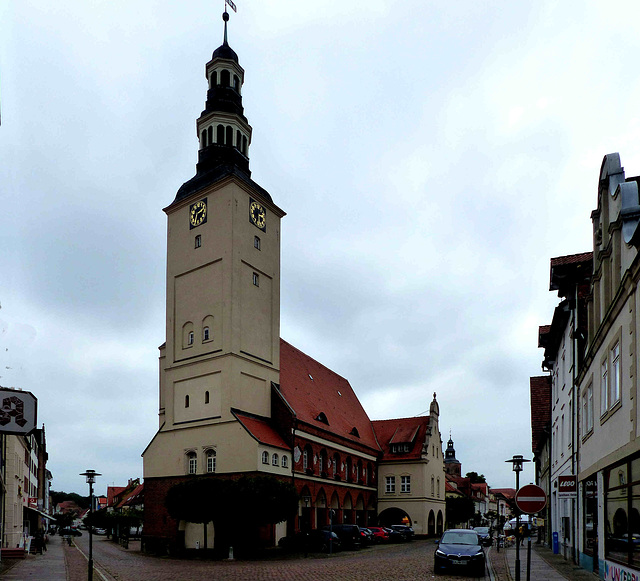Gardelegen - Marienkirche
Gardelegen - Marienkirche
Gardelegen - Nikolaikirche
Gardelegen - Nikolaikirche
Gardelegen - Salzwedeler Tor
Wiepke - Dorfkirche
Wiepke - Dorfkirche
Wiepke - Dorfkirche
Engersen - Dorfkirche
Engersen - Dorfkirche
Jerichow - Stadtkirche
Jerichow - Kloster Jerichow
Jerichow - Kloster Jerichow
Jerichow - Kloster Jerichow
Jerichow - Kloster Jerichow
Jerichow - Kloster Jerichow
Jerichow - Kloster Jerichow
Jerichow - Kloster Jerichow
Jerichow - Kloster Jerichow
Jerichow - Kloster Jerichow
Jerichow - Kloster Jerichow
Jerichow - Kloster Jerichow
Jerichow - Kloster Jerichow
Braunschweig - Quang Anh too
Braunschweig - Residenzschloss
Braunschweig - Gumball machine
Braunschweig - Altstadtrathaus
Braunschweig
Braunschweig
Braunschweig - Veltheimsches Haus
Braunschweig -Burgplatz
Braunschweig - Dom
Braunschweig - Dom
Braunschweig - Dom
Braunschweig - Dom
Braunschweig - Dom
Braunschweig - Dom
Braunschweig - Dom
Braunschweig - Dom
Braunschweig - Dom
Braunschweig - Burg Dankwarderode
Braunschweig - St. Martini
Braunschweig - St. Martini
Braunschweig - St. Martini
Detmold - Les Yeux d'la Tête
Location
See also...
Keywords
Authorizations, license
-
Visible by: Everyone -
All rights reserved
-
29 visits
Gardelegen - Rathaus


The first written mention dates from "1121 as Gardeleve", when the Bishop of Halberstadt confirmed the charter and ownership of the Schöningen monastery.
Gardelegen is also mentioned in 1196 in the assignment of Brandenburg goods to the Archdiocese of Magdeburg. A short time later important buildings were erected here: St. Marienkirche, St. Nikolaikirche and the town hall were built. The brewing rights were granted in 1314, since then, Gardelegen has been known nationwide for hop growing and Garley beer.
After Gardelegen was invited to Lübeck for the Hanseatic Days, Gardelegen joined the Hanseatic League in 1358. After a dispute with the Brandenburg Elector Johann Cicero due to an arbitrary increase in the tax rate, the city had to leave the Hanseatic League.
Reformation reached Gardelegen in 1539, at the time, construction work began on the fortifications to protect the city. In 1553 the construction of the four city gates was completed. At that time Gardelegen was a prosperous town due to trade, the town hall was built and a town school was established. During the Thirty Years' War numerous marauders passed through the city. From 1626 to 1648, Sweden occupied the city. After the city was plundered and burned, large parts of the fortifications were used to rebuild the city.
-
The town hall is in the center of the old town. A storage room was mentioned in 1241 on the site of today's town hall. In front of the western side, cellar rooms with barrel vaults from the previous building from the first half of the 14th century were excavated in 1999. A new building was built between 1526 and 1552 after the city fire of 1526 had destroyed the previous building.
From 1914 to 1917 a renovation took place in which, among other things, east and west gables were added and the arcades were opened to the arcades.
Gardelegen is also mentioned in 1196 in the assignment of Brandenburg goods to the Archdiocese of Magdeburg. A short time later important buildings were erected here: St. Marienkirche, St. Nikolaikirche and the town hall were built. The brewing rights were granted in 1314, since then, Gardelegen has been known nationwide for hop growing and Garley beer.
After Gardelegen was invited to Lübeck for the Hanseatic Days, Gardelegen joined the Hanseatic League in 1358. After a dispute with the Brandenburg Elector Johann Cicero due to an arbitrary increase in the tax rate, the city had to leave the Hanseatic League.
Reformation reached Gardelegen in 1539, at the time, construction work began on the fortifications to protect the city. In 1553 the construction of the four city gates was completed. At that time Gardelegen was a prosperous town due to trade, the town hall was built and a town school was established. During the Thirty Years' War numerous marauders passed through the city. From 1626 to 1648, Sweden occupied the city. After the city was plundered and burned, large parts of the fortifications were used to rebuild the city.
-
The town hall is in the center of the old town. A storage room was mentioned in 1241 on the site of today's town hall. In front of the western side, cellar rooms with barrel vaults from the previous building from the first half of the 14th century were excavated in 1999. A new building was built between 1526 and 1552 after the city fire of 1526 had destroyed the previous building.
From 1914 to 1917 a renovation took place in which, among other things, east and west gables were added and the arcades were opened to the arcades.
Marco F. Delminho, Paolo Tanino, Alexander Prolygin have particularly liked this photo
- Keyboard shortcuts:
Jump to top
RSS feed- Latest comments - Subscribe to the comment feeds of this photo
- ipernity © 2007-2024
- Help & Contact
|
Club news
|
About ipernity
|
History |
ipernity Club & Prices |
Guide of good conduct
Donate | Group guidelines | Privacy policy | Terms of use | Statutes | In memoria -
Facebook
Twitter

Sign-in to write a comment.